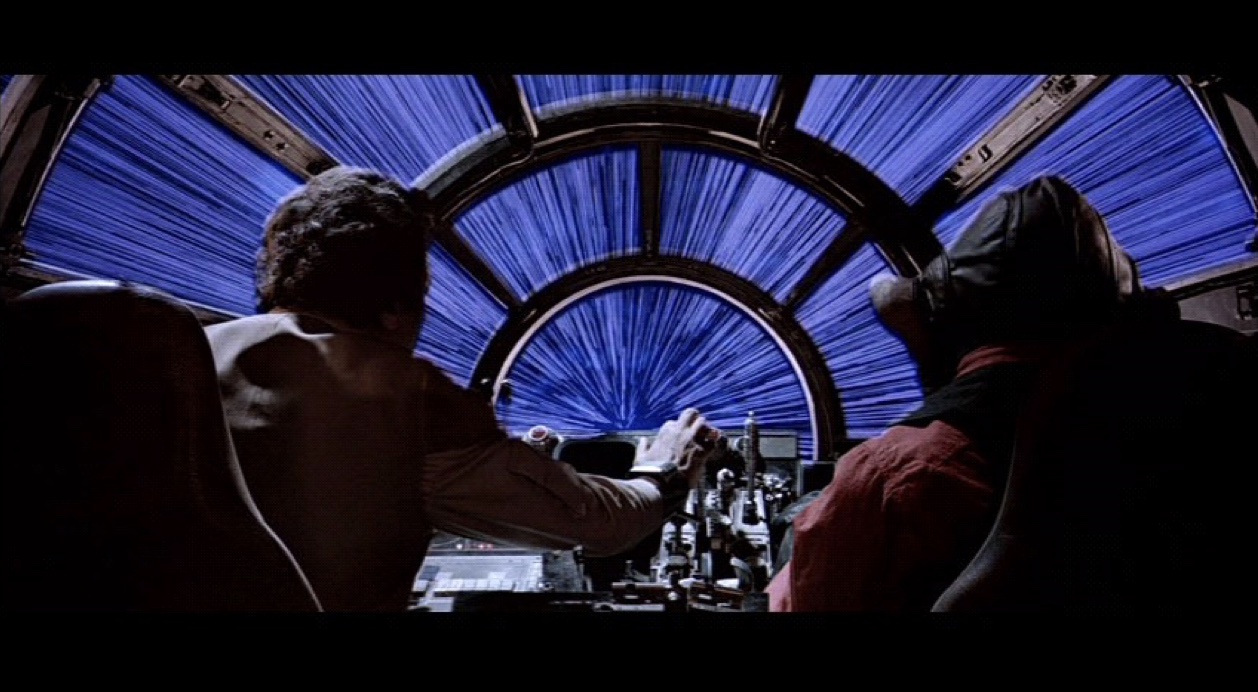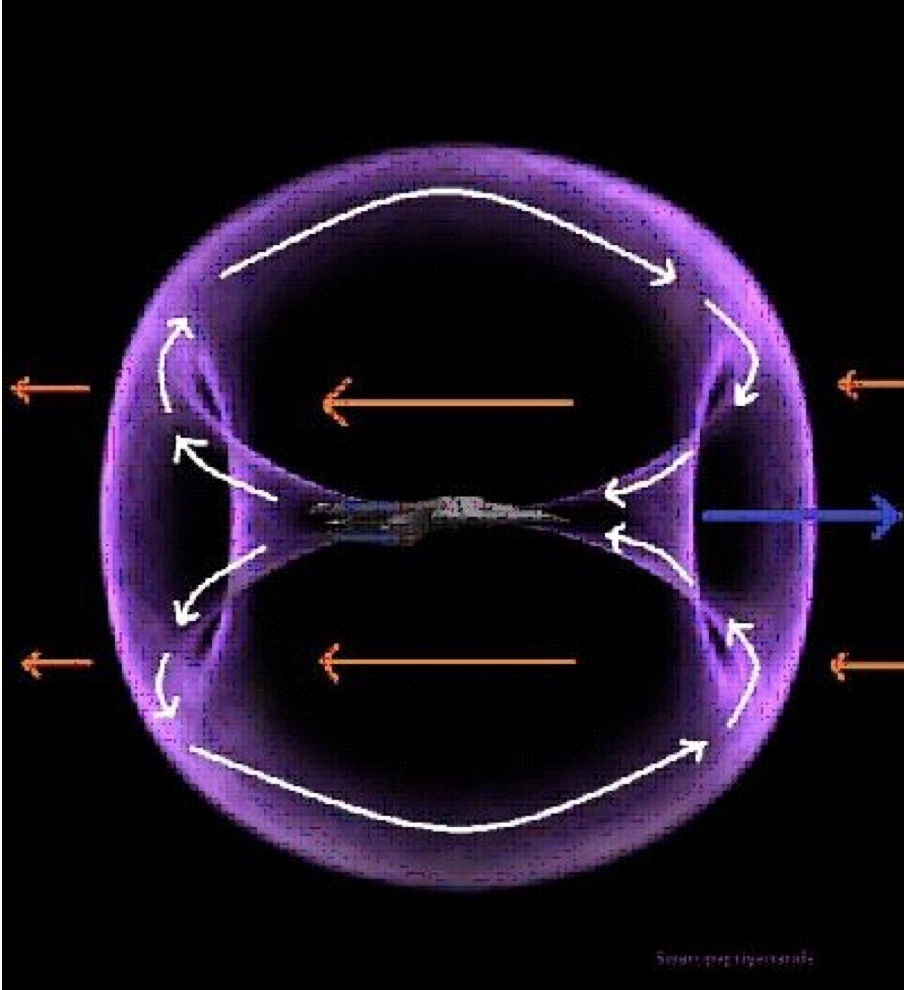Stellar Navigation 4 (Part 1) - SIT Time - Spaceships in Hyperspace (Athena Swaruu)
THESE TRANSCRIPTS CAN BE ACCESSED TO MAKE TRANSLATIONS INTO ANY LANGUAGE (in text or video) ONLY WHEN THEY ARE ACCOMPANIED WITH THE OFFICIAL CREDIT TO THIS WEB PAGE AND OUR YOUTUBE CHANNELS WHERE THEY WERE FOUND.
Under no circumstances is it allowed to publish the information presented in our channels and on this page for commercial purposes (sale of books and promotional materials).
Author
Cosmic Agency, GosiaPublished
July 22, 2022Stellar Navigation 4 (Part 1) - SIT Time - Spaceships in Hyperspace (Athena Swaruu)
Originally in Spanish - 2nd of April 2022
Robert: Hi Tina. If we know that a ship is the same as a portal, in short, and a ship has SIT time (Ship´s Internal Time), why when you cross a portal there is no SIT time? Just thinking.
Swaruu X (Athena): Yes, like sock, all in reverse but same principle.
The management of a ship, that is to say the non-Hyper Space navigation, or the traditional navigation by displacement, increases the length of the travel time, or SIT.
This very management-navigation that is displacement, and not frequency jumping (Hyper Space), is artificial, in the sense that it would not be necessary for the trip, technically speaking. That is, instead of jumping directly from Temmer to Earth, a ship must first move out of the space around, or near Temmer, to interplanetary space, where it will pick up speed by Plasma Jet displacement, and then make the jump to Hyper Space. This displacement is technically unnecessary, but it is done by coexistence norms, and to avoid accidents, since arriving to a place suddenly with a large ship can cause a collision with another ship that is parked there.
That is one point, but there is another. By the same rules of navigation a ship will usually not program the frequency jump (Hyper Space) from the point of departure directly to the point of destination, but will travel as a "caterpillar", for lack of a better word. That is, the computer or navigation computer will not impose a drastic jump between Temmer and Earth (as a portal would), but will create a progressive, subtle sequence of points on a frequency map.
As an example, following what I have explained to you already, that from the Ether side or the side that a navigation computer observes, the entire map is numerical with frequency values representing mass per gravity sum of whatever is between the starting point and the destination point. So as a numerical example:
If Temmer has a simple value of 10, and Earth of 100 (no superiority values, just an example using two numbers), a portal will jump from frequency value 10 to one of 100 at its core, making the jump from Temmer to Earth immediate.
While a ship will change its frequency with its engines sequentially according to its map: 10, then it will impose 11, and when it is executed, it will impose 12, then 13, 14, 15, 16... 97, 99, 100. This is done for other reasons as well, again nothing to do with what is technically possible.
A SIT time will be given in this artificial way not because of the SIT time itself but to give a psychologically healthy perception time for the crew, also in the aspect of being able to have the option to divert the ship at any point of the trip, like a sudden detour to Cyndriel, which happens all the time since it is directly on the path-pass between Earth and Taygeta.
Another point about this step-by-step progression of displacement within Hyper Space is that this maneuver I just described is used on large, 'deep draft' ships like Toleka which weighs about 20 million metric tons, and not on small ships like fighters or small or private transport ships.
The reason is that 20 million tons of metal are difficult to convert with a simple immersion inside an energetic toroid that changes its frequency by the action of its engines controlled by the information of its navigation computer.
This is because it takes an enormous amount of energy to change the frequency of so much metal, which demands an enormous stress for its engines, and even then a large ship will have or suffer from a phenomenon of "molecular resistance" (for lack of a better translation). That is to say that a large mass object, when being immersed in its toroid of its engines, will tend to change frequency from the hull part towards the interior, with a significant time lag between the outer and inner parts of a large mass ship.
That is to say that the outer hull will change its frequency first and then this change will be given to the interior, modifying first the things and objects of its interior that are of less mass, such as wooden furniture or curtains, people... and the last thing that will be modified would be the large internal structure of the ship as its 'spine' and other metal structures that give it rigidity.
That is to say, because a ship is of great mass, its engines will not be able to modify all its frequency at once because the amount of energy they would need would be enormous and would exceed its nominal power output.
Of course this is a variable that changes from ship to ship depending on their technical specifications, being that this phenomenon of "molecular resistance" occurs more in larger ships and less in the smaller or lower mass spacecraft.
So fighter ships like a Suzy or a Scimitar will be able to make immediate jumps without SIT time while a large ship will have to maneuver with SIT time. This is also clearly seen because the larger a ship is the longer it takes to travel between the departure point and its destination, giving an illusion that the larger ship is slower than a small fighter ship.
This numerical progression within a frequency map that the computer imposes on the engines which in turn will impose on the total structural frequency of a ship is necessary to give a relative 'time' to the ship itself so that all the molecules of a large ship can modify or alter their frequency gradually, thus ensuring that they are all in unison. In other words, SIT time will give all the molecules of a large ship 'time' to adapt to their new existential vibrational frequency progressively, as if shifting their frequency towards the final one step by step.
This phenomenon of "molecular resistance", if not well calculated, can cause fatal accidents, because if the engines of a ship are not able to shift the frequency of all its molecules at the same time, as in a direct jump without SIT time (and as I explained above a large ship will first change the frequency of its components that are most exposed to the electromagnetic field as would be the hull, and then inward - the parts of lower mass and finally the internal parts of great mass), if its engines are not able to impose the frequency change throughout the ship at once and completely, what will arrive at the destination will be an amorphous mass of parts of the ship and its interior, all incomplete, because that ship left at the exit point half of its interiors and all that did not have the 'time' to adapt its molecules to the new frequency. With fatal consequences.
So this maneuver of moving the frequency of a ship in a progressive and gradual way to give 'time' of adaptation to all its molecules is also for safety. It is simply more comfortable and convenient than a direct jump as of a fighter ship, and those do jump suddenly from place to place even as a maneuver of aerial combat.
Remembering here that a ship engine not only provides a 'Jet' effect of action reaction <--- ---> of traditional displacement from point 'A' to point 'B', but that the engine itself being of electromagnetic plasma is a frequency modulator that works in a comparatively similar way to the tuning unit of an FM radio. Where the change between the internal relationships between the components of the engine itself will modulate the exact output frequency of the electromagnetic plasma that the very engine emits. With the toroid effect that is to create a point of electromagnetic involution towards the emitter or core of the engine to be recycled out again.
That is to say, the engine in Hyper Space mode will emit a high energy Jet plasma of controlled frequency as a 'jet' towards the back of the ship in a traditional way, but that same high energy electromagnetic plasma by its own frequency properties will rotate around the ship creating an electromagnetic cocoon around it, to then enter through the forward hull of the ship and move back to the cores of the engines from where it came out in the first place.
This displacement in the ship occurs in two main ways: through the inner and outer hull of the ship itself as it is conductive, and through a series of gigantic superconducting wires in the center of the ship inside that will move the energy from the engines back to be recycled.
And the rest of the ship will change its 'existential' frequency to whatever the navigation computer dictates and applies using the engines modulated by it using the Dominant Frequency principle which dictates that when there are several energetic frequencies, they will tend to equalize to the average of all, the summed average frequency of all, being that if there is a stronger one, it will predominate changing the others to become more of the same.
A portal imposes that electromagnetic frequency on whatever enters its vortex which is the 'core' point of the energetic toroid that the portal machine is making. But it does not have to move its entire structure to the new point or point of arrival. It must only change the frequency of what enters its core which is the gate itself, usually round, so it does not have to have, or use, as much energy as a spaceship which must not only move its interior and its contents but must also move itself.
It is also worth mentioning that portals differ in power and capacity in the same way that ships differ as well. And this is why SIT time of a ship is produced whereas in a portal, at least apparently, it is not. I hope my explanation is understood.
Robert: Wow. Thank you very much. Very interesting stuff. Like it doesn't all go "at the same time" from one place to another.
Gosia: Wow, yes thank you. What an answer!
Swaruu X (Athena): Ahh there is more. Look at this (showing a video). Millennium falcon hyperdrive effect.

That effect is TRUE, and it is surprisingly good. What you see outside is not the outer space of the ship when it jumps (except at the beginning when it is still in normal flight). What you see as a tunnel is the entrance vortex of the toroid itself produced by the ship's engines. It is not external, it is the ship itself producing that visual effect. It is the energy of its engines returning to be recycled by the engines.

I know you already know this image but it's worth using it again. It is the energy input part of this schematic. The inlet cone on the right of the image in front of the ship.
The sound depends on each ship, but yes, you hear a very strong increase in the output jet and sound of turbines increasing RPM. The sound is impressive and you never get tired of hearing it. The impression of the power of these engines is enormous. The sound is obviously heard because it goes through the interior of the ship and not through space. And the tunnel is luminous because it is the plasma itself emitted by the engines. That's why it looks like that outside but what you see is the cocoon that surrounds the ship, not the outer space.
And the lines passing at the beginning of the jump are also seen. They are mistakenly thought to be stars, they are not. They are static discharges or electric arcs between the energetic toroid and the hull of the ship.
Gosia: Thank you for explaining all this, Athena. It is very detailed and impressive.
Swaruu X (Athena): You are welcome. I can still say much more. I haven't finished explaining the numerical nature of reality and how it applies to the maps. I want to break down the numerical Matrix, but another day.
This transcript is available for download
file_downloadDownload as PDF file_downloadDownload as TEXTCommunity provided translations
| Language | Author | Updated | Action |
|---|---|---|---|
| Svenska | KARL | November 09, 2022 | file_downloadPDF |
| Deutsch | ROLF YouTube» Website» | April 15, 2023 | file_downloadPDF |

